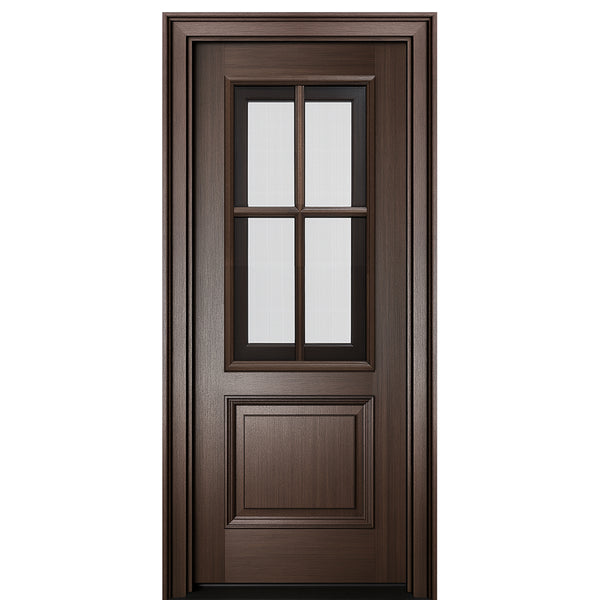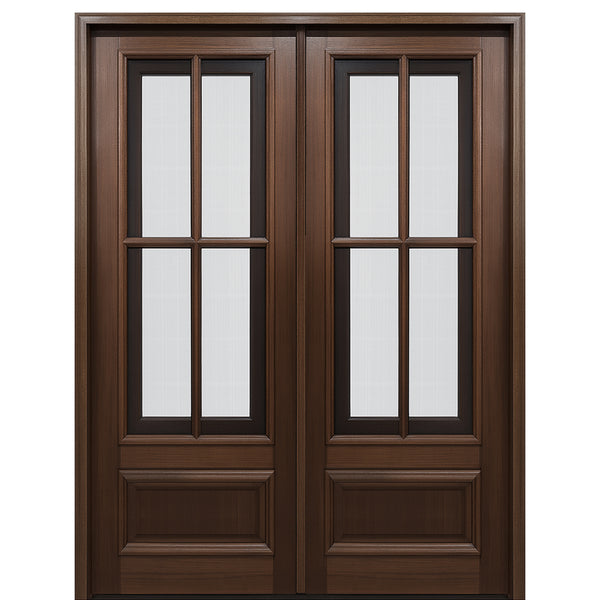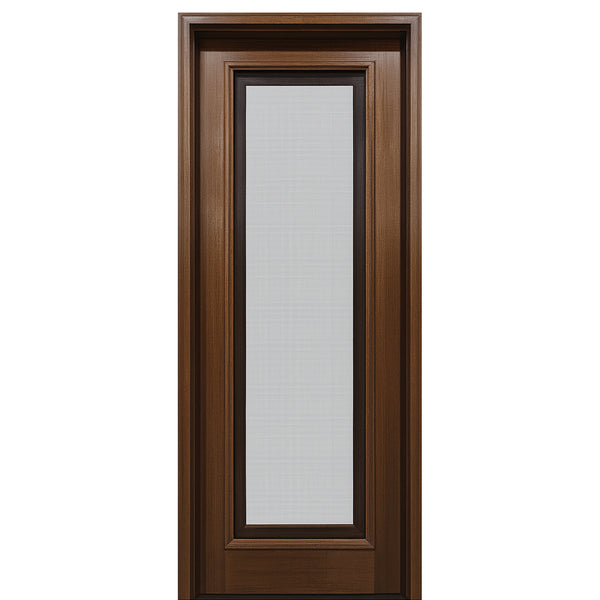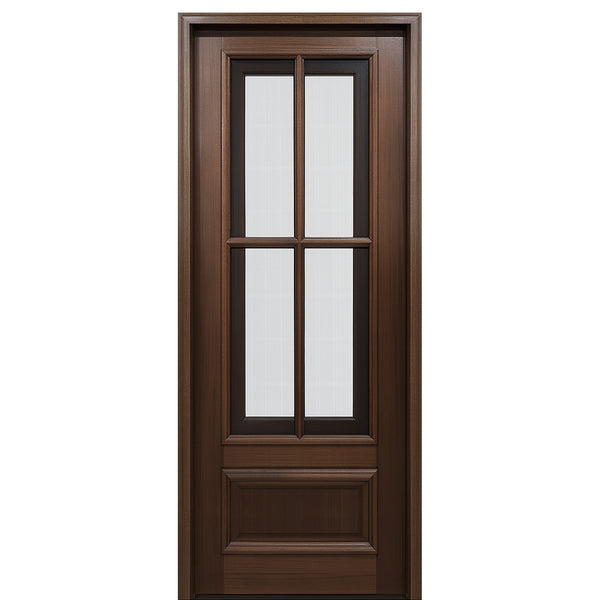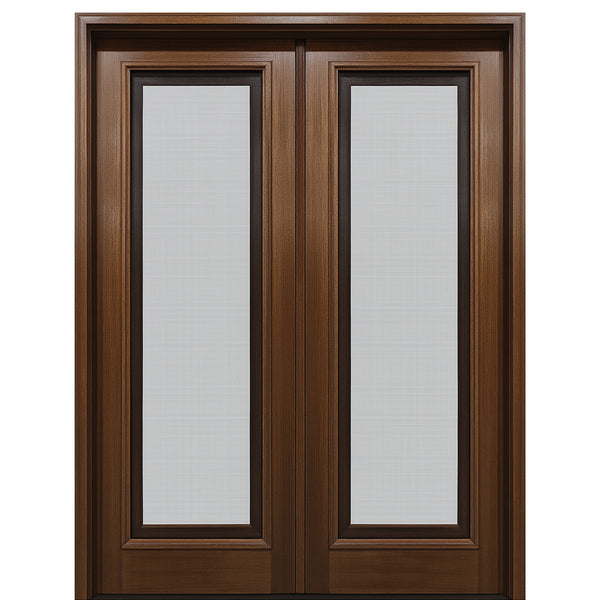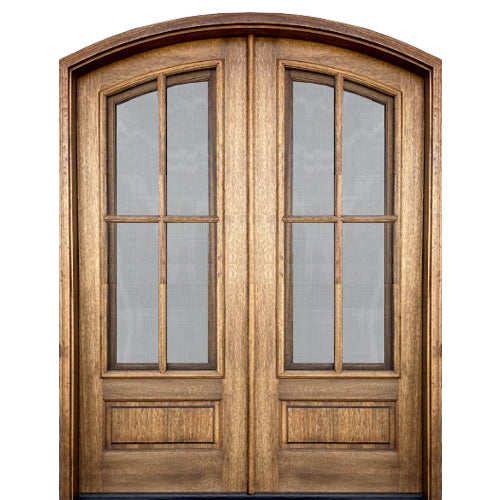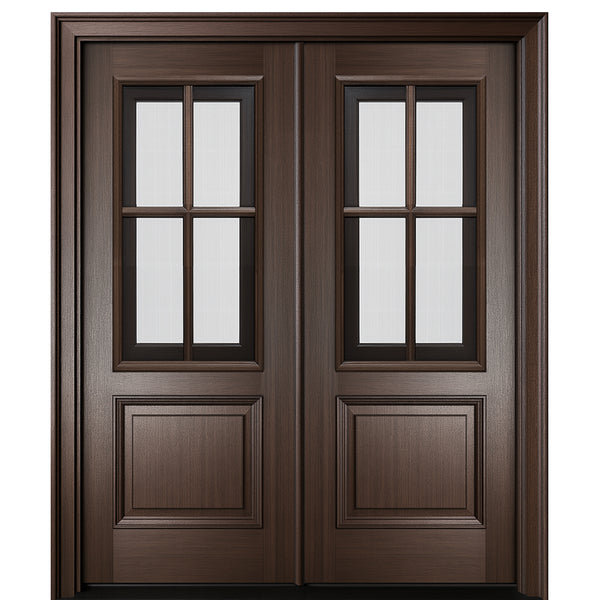Front screen doors provide both style and function.
They let fresh air inside while keeping bugs out.
Many styles can match the design of your home.
Hinged screen doors open like regular doors and are popular in traditional homes.
Sliding screen doors slide along a track and are great for saving space.
Traditional Hinged Screen Doors
These are common in many homes. They are attached with hinges, allowing them to swing open.
They often sit in front of wood or metal doors. Their purpose is both functional and decorative.
Homeowners like them for their classic look, offering a nostalgic touch to entryways.
Sliding Screen Doors
Sliding screen doors are ideal for modern homes. They glide easily on tracks and do not require extra room to open outward.
This makes them perfect for areas with limited space. These doors are often used with sliding glass doors on patios.
Built-In Screen Doors
Many modern doors now feature built-in screens. These screens can be retracted when not in use, preserving the door's appearance.
This option blends function and aesthetics, allowing airflow without needing a separate screen door.
Homeowners appreciate this design because it maintains the beauty of the main door.
Types Of Front Screen Doors
Front screen doors come in various types, each designed to provide unique features and benefits that suit different styles and functional requirements.
Traditional Hinged Screen Doors
Traditional hinged screen doors are popular in many homes.
These doors are mounted on hinges, much like regular doors, allowing them to swing open and close.
They are easy to install and come in various materials, such as aluminum, vinyl, and wood.
This type of door can add a classic touch to any home.
Hinged screen doors often provide durability and ventilation.
Homeowners who enjoy DIY projects may find these doors particularly satisfying to work with due to their straightforward design.
They are an excellent choice for those who want reliable performance and traditional aesthetics.
Sliding Screen Doors
Sliding screen doors operate on a horizontal track system, which is ideal for places like patios or decks.
They bring convenience by sliding open instead of swinging, making them suitable for larger openings.
Many homeowners enjoy how these doors maximize space and offer easy access to outdoor areas without hassle.
These doors are perfect for areas with high traffic or limited space.
By gliding along a track, they allow for a seamless transition between indoor and outdoor spaces.
Additionally, sliding doors can feature simple designs to match different home styles.
Retractable Screen Doors
Retractable screen doors roll into a storage housing when not in use.
This feature helps preserve the appearance of the main door while allowing flexibility.
They are often chosen for their practicality and unobtrusive design, providing ventilation only when needed.
